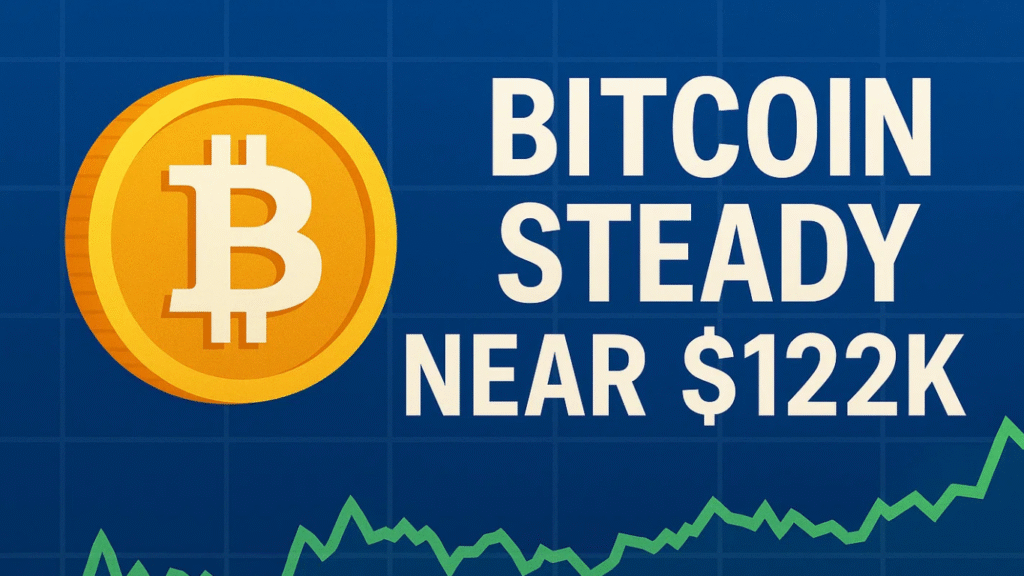Bitcoin (BTC) remained range-bound on Thursday as the ongoing U.S. government shutdown dampened market sentiment and stalled progress on key crypto regulation bills. The world’s largest cryptocurrency traded at $122,641, struggling to gain clear direction as traders assessed the impact of Washington’s political deadlock on digital assets.
The extended shutdown has delayed movement on the Crypto Market Structure Bill, legislation designed to establish clear regulatory oversight across the digital asset industry. Analysts say the uncertainty is discouraging institutional investors and slowing the pace of new market inflows.
“Crypto markets are entering a pause phase,” said one strategist at a major trading desk. “The lack of policy clarity is keeping large funds on the sidelines despite strong technical interest.”
At the same time, Bitcoin’s price action reflects a standoff between bulls and bears—each waiting for a decisive breakout from the current consolidation range.
Key Support and Resistance Levels
Technical charts show Bitcoin oscillating between two key price zones: resistance near $125,000 and demand support around $108,000.
Traders identify two primary short-term scenarios:
- A bullish rebound from the $117,000 midpoint could push BTC toward the $125,000 resistance zone.
- A bearish breakdown below $117,000 may trigger declines toward the $108,000 support area.
The $108,000 region is significant, as it previously absorbed heavy selling pressure, signaling strong buying demand. Conversely, a clear close above $125,000 could confirm a bullish continuation pattern, paving the way for a sustained move toward $130,000–$135,000.
Analysts note that momentum indicators remain neutral, suggesting traders are waiting for macro cues before committing to larger positions.
Shutdown Adds Regulatory Pressure

The U.S. political gridlock has broader implications for the crypto sector. With many federal agencies operating at reduced capacity, progress on digital asset legislation has effectively halted. Lawmakers warn that votes on key bills might not resume until late 2025 or early 2026.
This delay has added friction for major investors who depend on a clear regulatory roadmap before scaling exposure. The uncertainty is also weighing on sentiment for crypto companies seeking compliance clarity and growth funding.
Despite these challenges, Bitcoin’s long-term fundamentals remain intact. The asset’s resilience amid macro volatility underscores growing market maturity and investor confidence in its long-term role as a decentralized hedge against policy risk.


